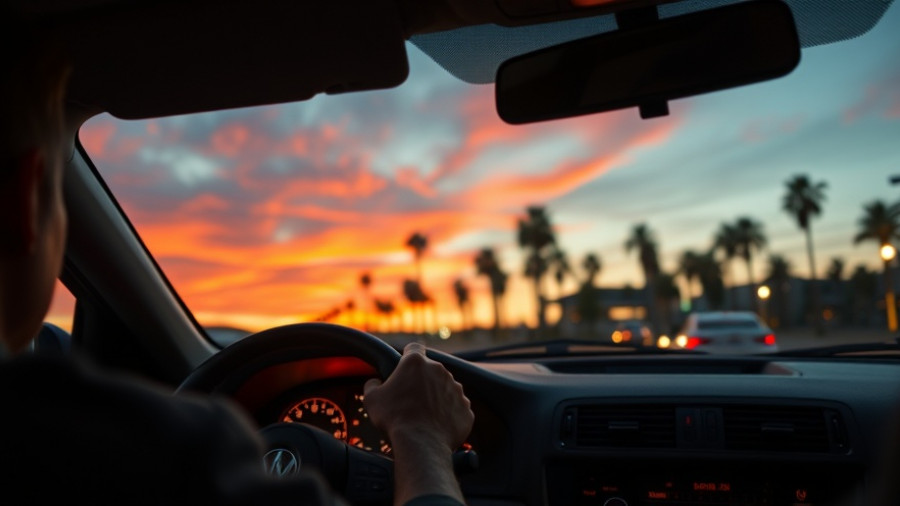
Tips to Enhance Your Night Driving Experience
As the days grow shorter and the darkness of night encroaches earlier, the safety of nighttime driving becomes a pressing concern. Research shows that driving at night not only reduces visibility but increases the potential for accidents significantly. This article compiles essential tips and practices to ensure safer travels as the evenings grow darker.
Understanding the Hazards of Night Driving
Driving during nighttime poses unique risks compared to daytime driving. Limited visibility can make it harder to detect pedestrians, cyclists, or obstacles on the road. In California alone, there were 4,488 traffic fatalities in 2022, with nighttime driving contributing to a disproportionately high number of fatalities. This statistic is alarming and emphasizes the importance of increased caution after sunset.
Reduce Speed for Enhanced Safety
One of the most critical tips for night driving is to slow down. With reduced visibility, it’s easier to miss potential hazards like animals crossing the road or a stopped vehicle. Cutting back on speed gives drivers more time to react in case of an emergency. It’s a simple yet effective strategy to reduce the chances of a collision.
Stay Sober: Avoid Alcohol Consumption
The link between alcohol and impaired driving cannot be overstated. The legal alcohol limit is not a safe threshold to rely on when planning to drive at night. Even small amounts can impair reaction time and judgment. If you plan to drive in the evening, commit to remaining sober. Alternatives such as ride-sharing or designated drivers can be lifesavers.
The Dangers of Drowsy Driving
Equally important as avoiding alcohol is ensuring you’re well-rested before hitting the road. Fatigue can impair your driving abilities in ways similar to drugs and alcohol. Studies indicate that up to 60% of adult drivers admit to driving while fatigued. If you find yourself dozing off, pull over to a safe area and take a break.
Detecting and Avoiding Drunk Drivers
Staying alert to the behavior of other drivers can save lives. Look out for erratic driving patterns such as swerving, sudden stops, or excessive braking – telltale signs of impaired driving. If you notice a driver exhibiting these behaviors, keep a safe distance and consider reporting them to local authorities.
Vehicle Maintenance: Key to Nighttime Safety
Proper vehicle maintenance can significantly affect safety, especially during night driving. Regular checks on headlights and taillights are crucial. Dull or improperly aligned headlights can diminish your visibility and the visibility of your vehicle. Upgrading to brighter LED or HID bulbs can provide clearer illumination, making it easier to spot obstacles.
Combatting Headlight Glare
Headlight glare from oncoming traffic can temporarily blind drivers, a dangerous risk at night. When faced with the headlights of an approaching vehicle, shift your gaze to the right edge of the road. This practice allows you to remain aware without being blinded by the bright lights.
The Importance of a Nighttime Driving Emergency Kit
Preparation can be the difference between a minor inconvenience and a major crisis. Keeping a nighttime driving emergency kit filled with essentials like a flashlight, first-aid supplies, and jumper cables can help you handle unexpected situations confidently. Don’t forget to include blankets to keep warm if you find yourself stranded.
Conclusion: Striving for Safe Nighttime Driving
As nights get longer and driver fatigue sets in, the emphasis on safe nighttime driving practices cannot be stressed enough. By following these tips, you can make informed decisions before setting out on the road. It is essential to remain sober, well-rested, and vigilant while driving after dark.
For more insights into driving safety and vehicle maintenance, consult trusted automotive experts and resources. Safety does not just come from knowledge, but from proactive measures and responsible choices.
 Add Row
Add Row  Add
Add 




Write A Comment